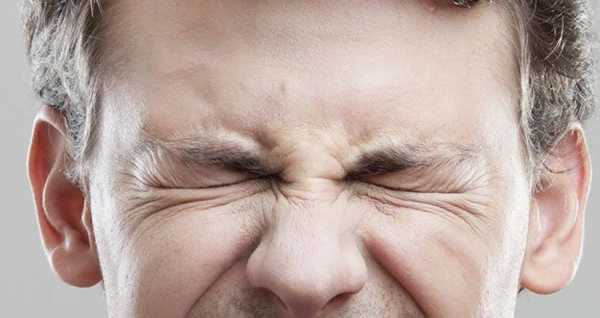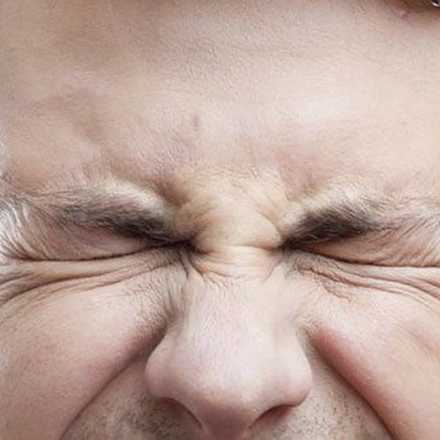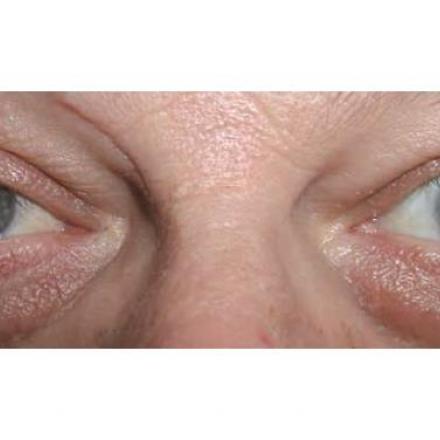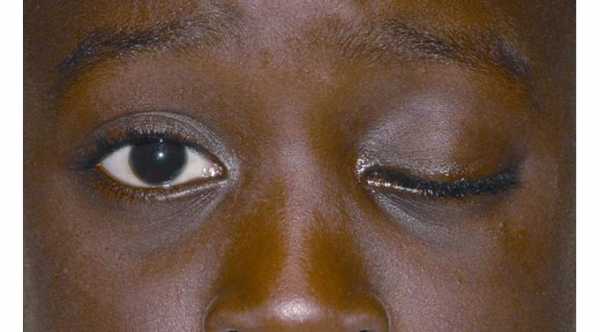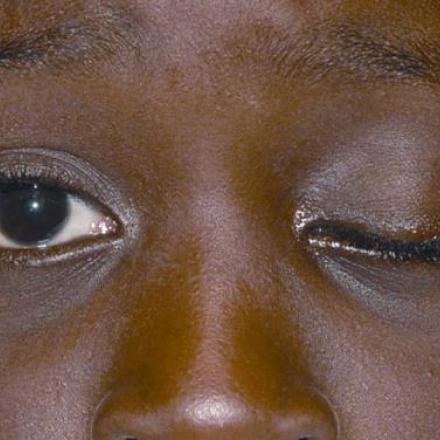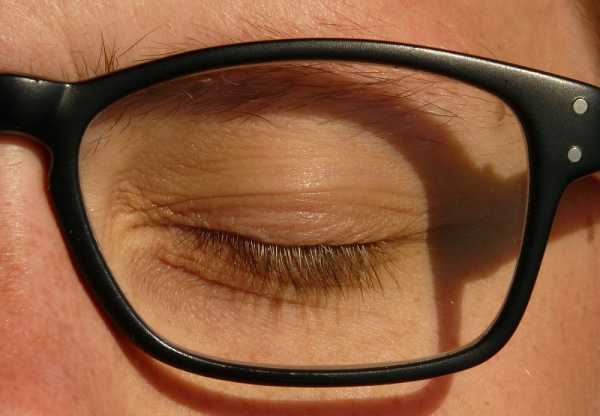
Eyelid Twitching
Eyelid twitching, or myokymia, is an involuntary, unpredictable and repetitive movements of the eyelid muscles especially the upper eyelid. It can occur in lower eyelid and also in both upper and lower eyelids at the same time.
For most people, these movements are very mid, painless, last for few seconds to few minutes and resolve on their own without any medical treatment. Others can experience these movements of the eyelid with the movements of the muscles of the face and also these eyelids movement ca be strong enough that the patient can’t open his eye.
Eyelid twitching with facial twitching can be signs of more serious problems that require further investigations and medical treatments.
What are the causes of eye twitching?
Most of the time, the causes of eyelid twitching are benign and can be self-treated at home with few changes in the lifestyle.
Common causes of eye twitching:
1- Stress.
2- Fatigue.
3- Lack of sleep.
4- Caffeine and smoking.
Ocular causes of Eye twitching
Usually these causes are associated with other symptoms such as red eye, ocular pain and blurry vision.
1- Eye irritation.
2- Blepharitis.
3- Dry Eyes.
4- Corneal abrasion.
5- Uncorrected refractive errors.
6- Eye Strain.
7- Photophobia or light sensitivity.
Common Systemic causes
1- Poor nutrition with multiple minerals and Vitamin deficiency especially Vit b12, folic acid, vitamin D and magnesium.
2- Side effects of certain medications such as those used to treat epilepsy and psychosis.
Benign essential blepharospasm
It is a form of muscle disorder in which there is bilateral involuntary repetitive movements of the eyelid muscles which in severe form can cause complete eyelid closure with functional blindness (from complete eyelid closure which can last from few minutes to hours).
It is not serious condition but it interferes with daily activities. The spasm usually disappears with sleeping.
Treatment of benign essential blepharospasm is by botulinum toxin or botox injections to relax the muscles. Botox can relax the muscles for 3-6 months. Other forms of treatment can be used for severe cases.
Brain and nervous system disorders that might cause eyelid twitching
1- Facial Palsy or Bell’s palsy.
2- Hemifacial Spasm.
3- Multiple sclerosis.
4- Parkinson’s disease.
5- Tourette syndrome
All of these disorders have eye twitching with other systemic signs and symptoms such as abnormal movements of the face, necks or limbs.
Treatment of Eyelid Twitching?
Most of eyelid twitching can go away with few changes in lifestyle and without any medical treatment.
Home remedies for eye twitching:
1- Get a plenty of sleep.
2- Exercise. Helps you to get rid of stress and also help you to sleep well at night.
3- Meditation and relaxation exercise.
4- Reduce caffeine intake.
5- Stop smoking.
6- Healthy food.
7- Supplements for vitamin B12, folic acids, vitamin D and magnesium.
Treatment of ocular causes of eye twitching
3- Treatment of eye strain.
4- Treatment of uncorrected refractive errors such as wearing eyeglasses, contact lenses or refractive surgery.
When do eyelid twitches require a visit to the doctor?
Eyelid twitching in one eye that is not associated with ocular or systemic symptoms, doesn’t require any medical attention.
Eyelid twitching with any of these symptoms and signs require medical attention:
1- In both eyes.
2- Complete eyelid closure with functional blindness.
3- Associated with facial twitching or paralysis.
4- Ptosis or Droopy Eyelid.
4- Associated with ocular symptoms such as red eye, swollen eyelid, excessive tearing, blurry vision and ocular pain.
5- Weakness, paralysis or involuntary movements of the limbs.



